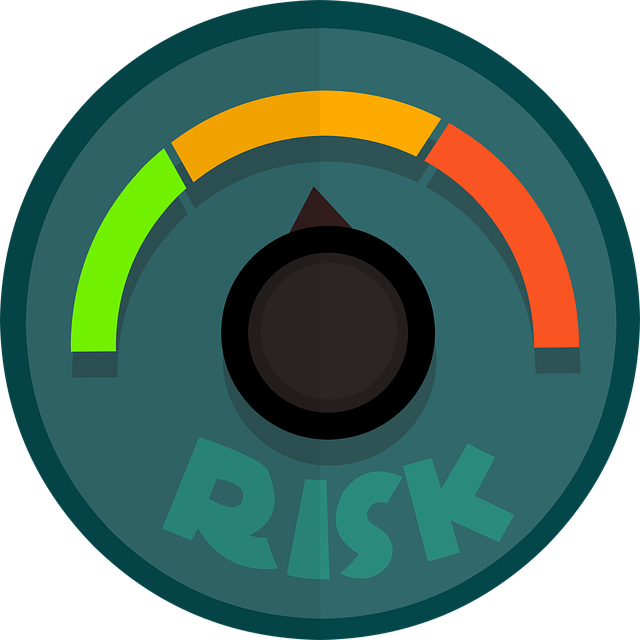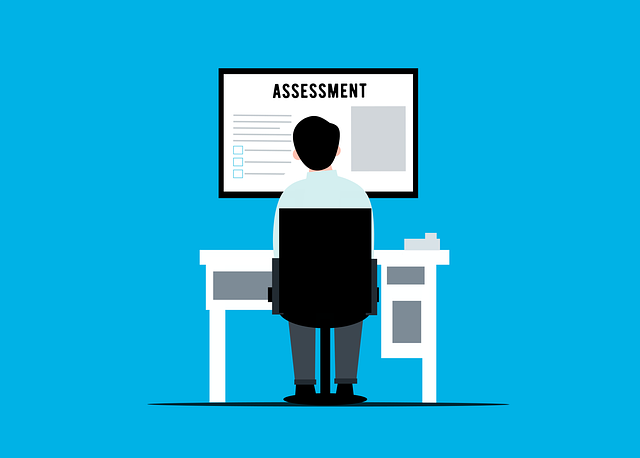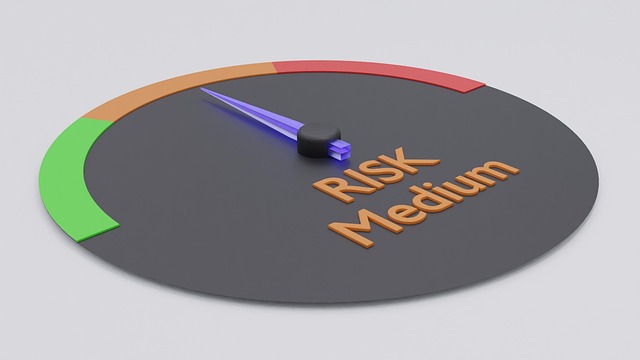For Certified Public Accountants (CPAs), navigating regulatory compliance in IT systems for financial reporting is crucial. In the digital age, these systems manage vast financial data while adhering to strict regulations. CPA IT risk assessments identify weaknesses and implement strong controls, safeguarding sensitive information. By ensuring secure data handling, CPAs minimize non-compliance risks and maintain client trust. Integrated IT solutions enhance efficiency, facilitate audits through digital trails, and align with evolving industry standards. Regular risk assessments and stringent access control practices ensure a robust IT infrastructure that meets dynamic regulatory requirements. Leveraging IT legal support further navigates complex landscapes, providing practical solutions in today's rapidly changing technological environment.
“In the dynamic landscape of finance, Certified Public Accountants (CPAs) face escalating regulatory compliance demands. As digital transformation accelerates, ensuring IT systems align with industry standards is paramount. This article explores the intricate relationship between financial IT and regulatory compliance, offering a comprehensive guide for CPAs. From understanding key regulations to implementing robust risk assessment practices, we delve into essential strategies. By focusing on areas like data security, access controls, and continuous monitoring, CPAs can navigate regulatory hurdles effectively, fostering trust in their digital operations.”
- Understanding Regulatory Compliance for CPAs: An Overview
- The Role of IT Systems in Financial Compliance
- Conducting Effective CPA IT Risk Assessments
- Key Areas to Focus on During Assessments
- Implementing Controls to Mitigate Risks
- Continuous Monitoring and Updating: Best Practices
Understanding Regulatory Compliance for CPAs: An Overview

For Certified Public Accountants (CPAs), navigating the complex landscape of regulatory compliance is an essential aspect of their role. Regulatory compliance refers to adhering to laws, rules, and industry standards governing financial reporting, auditing, and accounting practices. As the digital transformation of the accounting sector continues apace, ensuring IT systems for financial reporting meet these stringent requirements has become a top priority for CPAs. This involves rigorous CPA IT risk assessments to identify potential vulnerabilities and implement robust controls.
IT plays a pivotal role in facilitating accurate and efficient financial reporting, but it also introduces unique risks. Accounting compliance IT tools can help streamline the process by automating tasks, enhancing data security, and providing real-time insights. However, CPAs must stay abreast of evolving legal requirements and industry best practices to leverage IT effectively while ensuring regulatory compliance. The integration of IT legal support for CPAs is crucial in managing these complexities and mitigating potential risks associated with digital financial reporting.
The Role of IT Systems in Financial Compliance

In today’s digital era, IT systems play a pivotal role in financial compliance for CPAs. These tools are responsible for managing and processing vast amounts of financial data, which must adhere to stringent regulatory requirements. Effective CPA IT risk assessments are crucial in identifying vulnerabilities and implementing robust access controls accounting measures to safeguard sensitive information. By ensuring secure data storage, transmission, and retrieval, IT legal support CPAs can minimize the risk of non-compliance, thereby avoiding potential legal repercussions.
Moreover, IT systems enable efficient IT audits for accountants by providing digital audit trails and automated processes that streamline the verification and validation of financial records. This enhances accuracy, transparency, and accountability in financial reporting, which are essential components of maintaining regulatory compliance. Through regular IT risk assessments and stringent access controls accounting practices, CPAs can ensure their IT infrastructure supports rather than impedes adherence to evolving industry standards and legal frameworks.
Conducting Effective CPA IT Risk Assessments

Conducting effective CPA IT risk assessments is paramount to ensuring that financial IT systems meet regulatory compliance requirements. These assessments go beyond basic system audits by delving into the specific risks associated with financial reporting and data retention for CPAs. By evaluating the design, implementation, and operation of IT controls, CPAs can identify vulnerabilities and implement appropriate safeguards. This process involves a thorough analysis of business processes, system functionalities, and potential cyber threats, enabling professionals to make informed decisions regarding risk mitigation strategies.
IT audits for accountants have become increasingly critical as digital transformation continues to reshape the financial landscape. These assessments help CPAs stay ahead of evolving regulatory expectations, such as those related to data privacy, security, and reporting accuracy. By integrating IT for financial reporting, professionals can enhance the efficiency and reliability of their organizations’ financial processes, thereby fostering a culture of compliance and trust among stakeholders. Effective risk assessments are not just one-time events but ongoing practices that adapt to the dynamic nature of technology and regulation, ensuring that data retention CPA remains robust and in line with industry standards.
Key Areas to Focus on During Assessments

When conducting CPA IT risk assessments, several key areas require meticulous attention to ensure regulatory compliance. Firstly, assess the security and integrity of data storage and transmission systems, implementing robust encryption and access controls to safeguard sensitive financial information from unauthorised access or breaches. Secondly, verify that accounting compliance IT tools align with industry standards and regulations, such as GDPR or specific accounting frameworks, to maintain data accuracy and transparency.
Additionally, focus on system audit trails and logging mechanisms to track user activities and changes made to regulatory data systems. This enables CPAs to demonstrate due diligence and accountability during audits. Furthermore, ensure that IT legal support is readily available to guide professionals through complex regulatory landscapes, providing practical solutions for staying compliant in an ever-evolving digital environment.
Implementing Controls to Mitigate Risks

Implementing robust controls is a strategic step for CPAs to mitigate IT risks and ensure regulatory compliance. These controls are designed to safeguard financial data, maintain integrity, and prevent fraudulent activities. Through comprehensive CPA IT risk assessments, professionals can identify vulnerabilities in their systems. This involves evaluating data access permissions, ensuring secure file storage with robust encryption methods, and implementing access controls to restrict unauthorized users.
Regular compliance monitoring is crucial to keeping up with evolving regulations. IT audits for accountants play a vital role here, allowing them to assess the effectiveness of implemented controls. By addressing these risks proactively, CPAs can enhance data security (CPA file security) and maintain the trust of their clients and regulatory bodies.
Continuous Monitoring and Updating: Best Practices

In the dynamic landscape of finance and accounting, continuous monitoring and updating of IT systems are essential components of a robust risk management strategy for CPAs. Regularly conducting CPA IT risk assessments is vital to ensure that access controls in accounting and regulatory data systems remain effective. By implementing best practices, such as proactive system audits, automated compliance checks, and regular employee training on security protocols, CPAs can mitigate potential vulnerabilities and adapt to evolving regulatory requirements.
This proactive approach goes beyond simply addressing annual compliance needs. It involves continuous gauging of IT for financial reporting integrity through real-time monitoring tools, immediate remediation of identified weaknesses, and staying abreast of industry trends and technological advancements that could impact data security. Such dynamic practices are key to maintaining the accuracy and reliability of financial data in an era where digital systems play a central role in business operations.
